In 2025, knowing the cost of hiring a marketing agency is key to planning your business growth.
Digital marketing agencies generally offer various pricing models based on your business goals and needs. These models include monthly retainers, project-based pricing, and performance-based fees, which are tailored to suit different budgets and marketing strategies.

The cost can depend on the size of your business and the scope of services you need. Smaller businesses might find basic packages more affordable, while larger enterprises may invest more for comprehensive strategies.
Understanding the pricing structure can help you align your marketing spend with your growth objectives.
To choose the right agency, assess how their pricing aligns with your goals.
Consider factors such as the services offered and the potential return on investment. By doing so, you can make informed decisions that support your business’s success in a competitive market.

Marketing agency pricing varies based on numerous factors, impacting how much it will cost to hire professionals. Many agencies offer different pricing models to cater to diverse client needs, such as hourly rates, project-based costs, or performance-driven fees.
When deciding on agency costs, multiple elements come into play. The agency’s reputation often affects fees; renowned agencies may charge more due to proven success. The scale of your project also matters—larger projects generally require more resources, leading to higher costs.
Additionally, the scope of services you need—such as strategy development, SEO, or content creation—can influence the overall price. Specialized skill sets or tools may also add to the cost.
Location can influence pricing since agencies in major cities often have higher overheads. Industry experience further affects pricing, as agencies with extensive experience in a specific sector might have higher rates.
Understanding these factors can help you plan your budget effectively.
There are several pricing models to consider when working with an agency. An hourly rate is straightforward; you pay for the time spent on your project. This model offers flexibility but can lead to variable costs.
Project-based pricing involves a fixed fee for specific deliverables and is useful for well-defined projects.
A monthly retainer model suits clients who need ongoing services, offering consistent monthly fees.
Performance-based pricing ties fees to specific outcomes and may be appealing if goals like increased sales are achieved.
Value-based pricing depends on the perceived value of services provided rather than the cost of production, potentially offering a more personalized approach.

Planning your digital marketing budget is key to maximizing your business growth in 2025. It involves smart decisions on where to allocate funds and how to measure success effectively.
When planning your marketing budget, think about the digital channels that benefit you most.
SEO, social media ads, email marketing, and content marketing often lead the pack. Each channel has unique benefits and costs. For instance, SEO is important for organic traffic and doesn’t require direct spending on ads.
Example allocation might look like this:
Allocating funds wisely can ensure that you attract and retain valuable customers. Track each channel’s performance regularly to adapt your strategy as needed.
Ensuring a good return on investment (ROI) is vital. ROI helps you understand which marketing efforts are most effective.
Calculate ROI by comparing the revenue gained from marketing efforts to the cost spent on those efforts.
Use key metrics like conversion rates, customer acquisition cost, and lifetime value. These numbers guide you in adjusting your digital marketing budget.
High ROI indicates effective use of your marketing spend, while a low ROI might suggest a need for strategy changes.
Invest in areas with proven returns while exploring new opportunities with calculated risks. Focus on the methods that provide the best returns for your business goals.
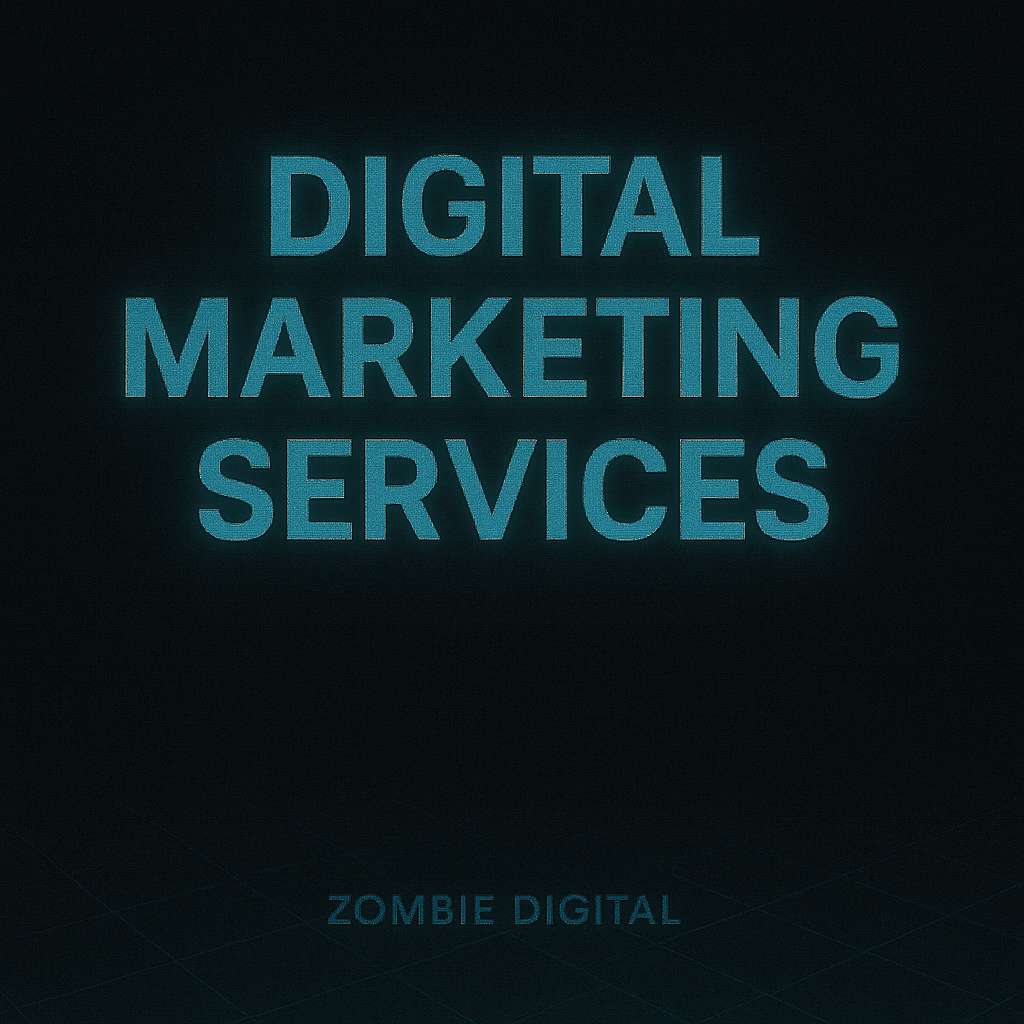
Digital marketing services vary in complexity and cost. These services range from SEO to email marketing, each playing a critical role in growing your business.
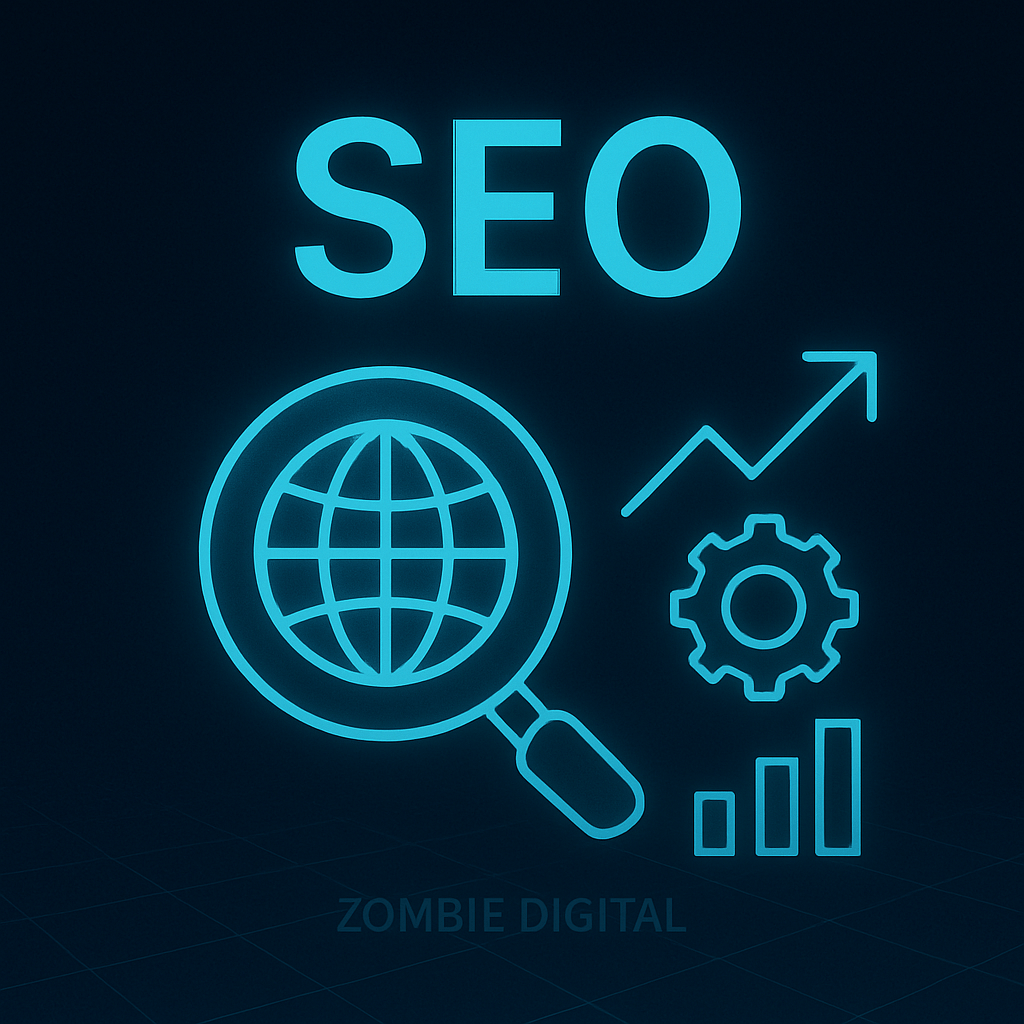
SEO helps improve your website’s ranking in search engine results, making it easier for potential customers to find you. Key elements include keyword research, on-page optimization, and link building.
SEO can take time to show results, but it’s crucial for long-term visibility. Costs can vary greatly, often ranging from $500 to $5,000 per month depending on your needs and the agency you choose.
Investing in quality SEO can lead to more organic traffic and clients. Understanding your audience and targeting the right keywords is essential. It’s a strategic investment for any digital marketing plan.
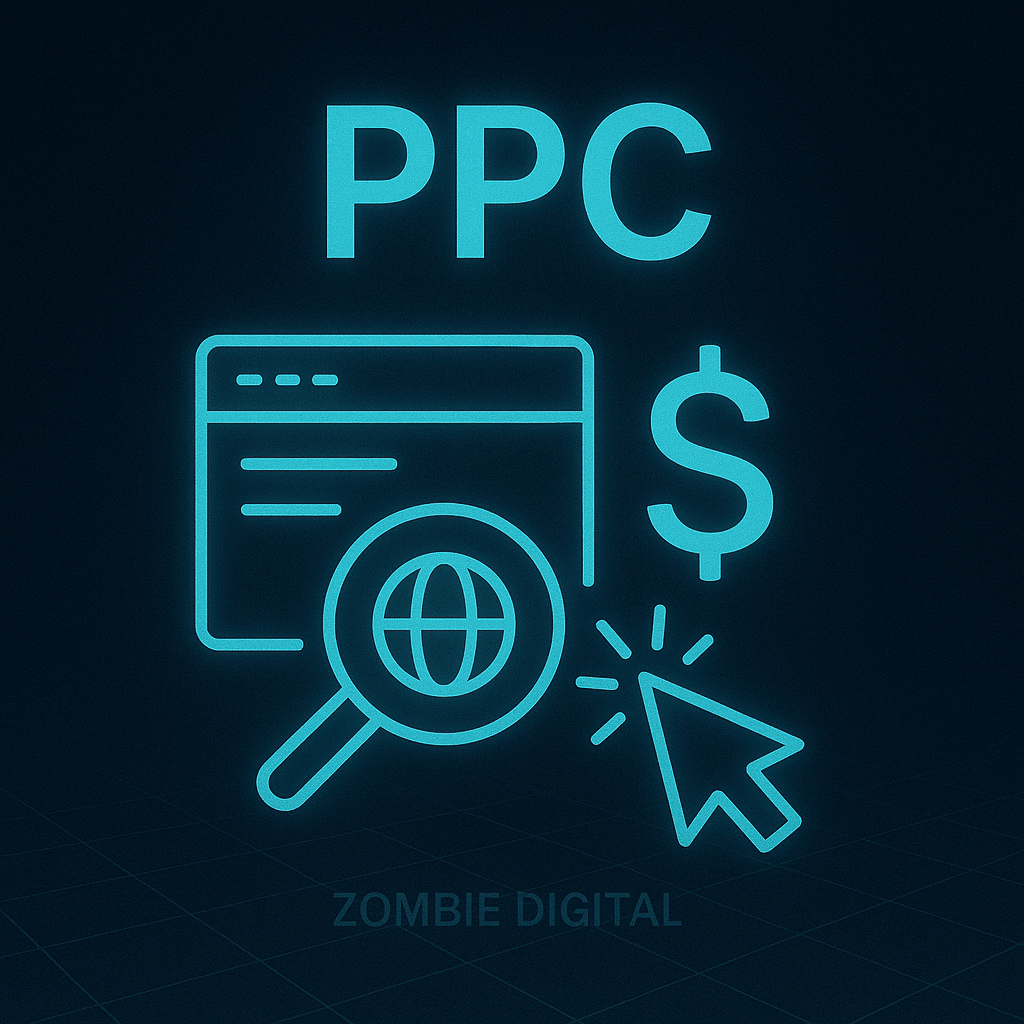
PPC advertising places your ads directly in front of interested users. Platforms like Google Ads and Bing Ads are commonly used. You only pay when someone clicks your ad, making this a cost-effective option if managed well.
Typical costs can range widely, with industry averages around $1 to $2 per click, depending on competition and your specific keywords.
You set a daily or monthly budget to control spending. Analyzing your ROI helps you determine the success of your PPC campaigns. Effective PPC management can drive immediate traffic and conversions to your business.
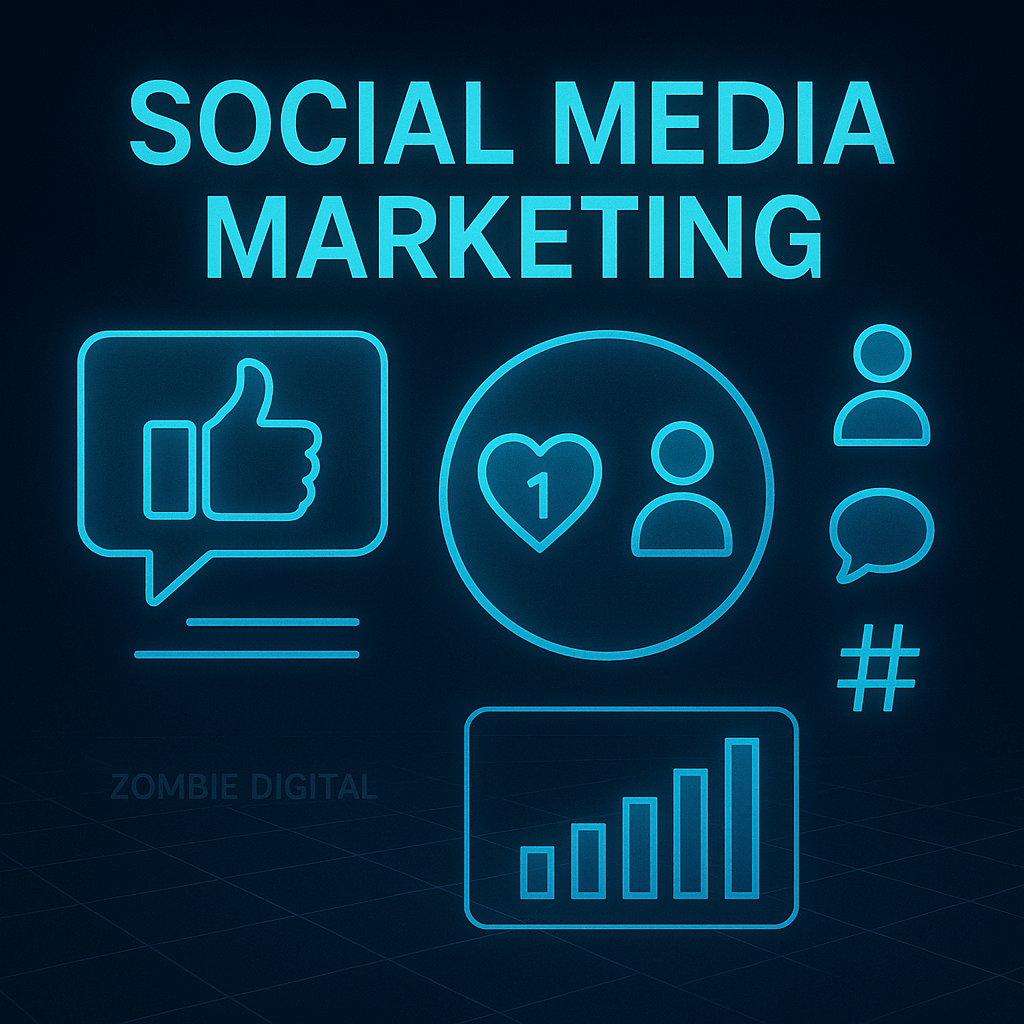
Social media management involves creating and publishing content across platforms like Facebook, Instagram, and Twitter. It also includes engaging with your audience and analyzing the impact of your posts.
Consistency and creativity are vital for maintaining a strong online presence.
Monthly pricing for social media management might range from $200 to $5,000. This depends on the number of platforms and the frequency of posting. Using tools like Hootsuite or Buffer can streamline scheduling and tracking.
Effective social media strategies help build brand loyalty and community engagement and are crucial for reaching new audiences.
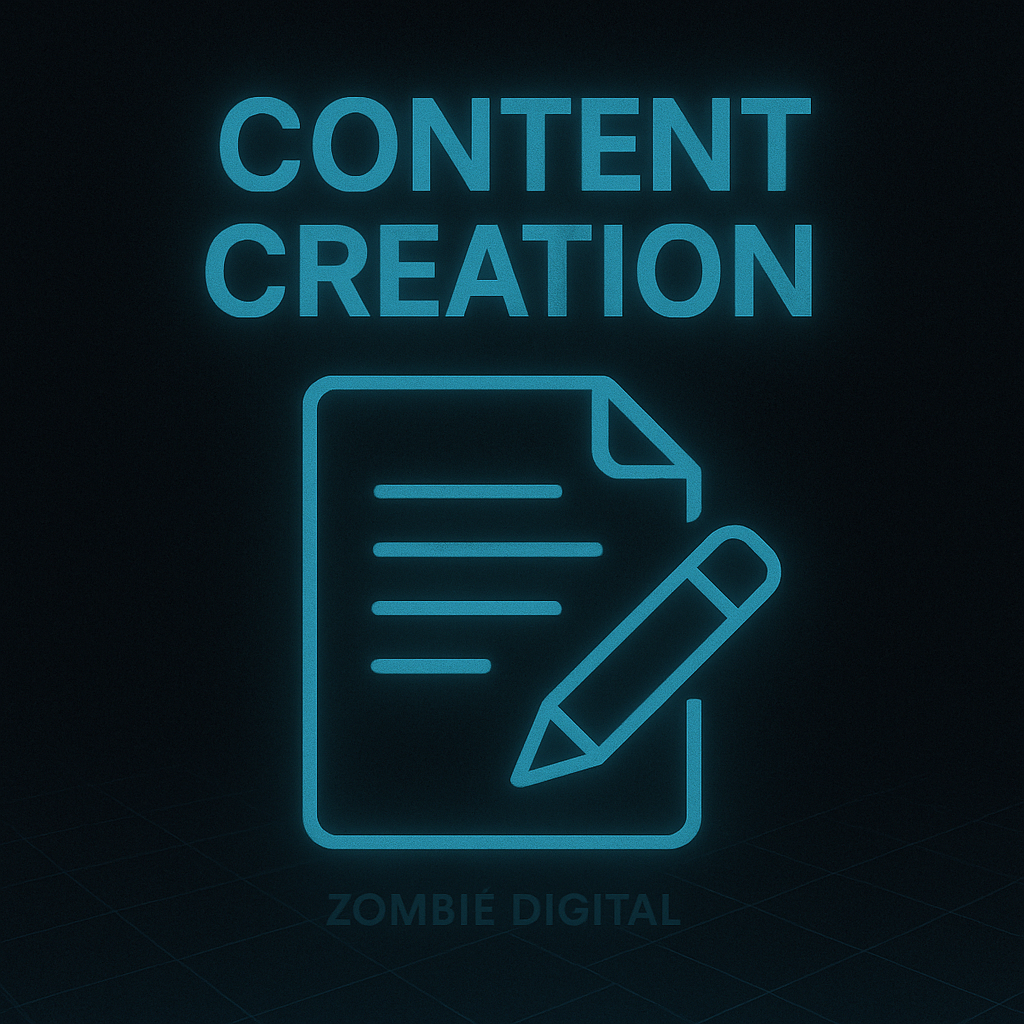
Content marketing focuses on producing valuable content to attract and retain customers. This includes blog posts, videos, and infographics.
Quality content helps establish your brand as an authority in your industry.
Costs for content creation can vary, starting from as low as $100 per post to over $1,000 for comprehensive content packages. Investing in content can enhance SEO and convert leads.
A content calendar keeps your content marketing organized. It’s an integral part of building trust and educating your audience.
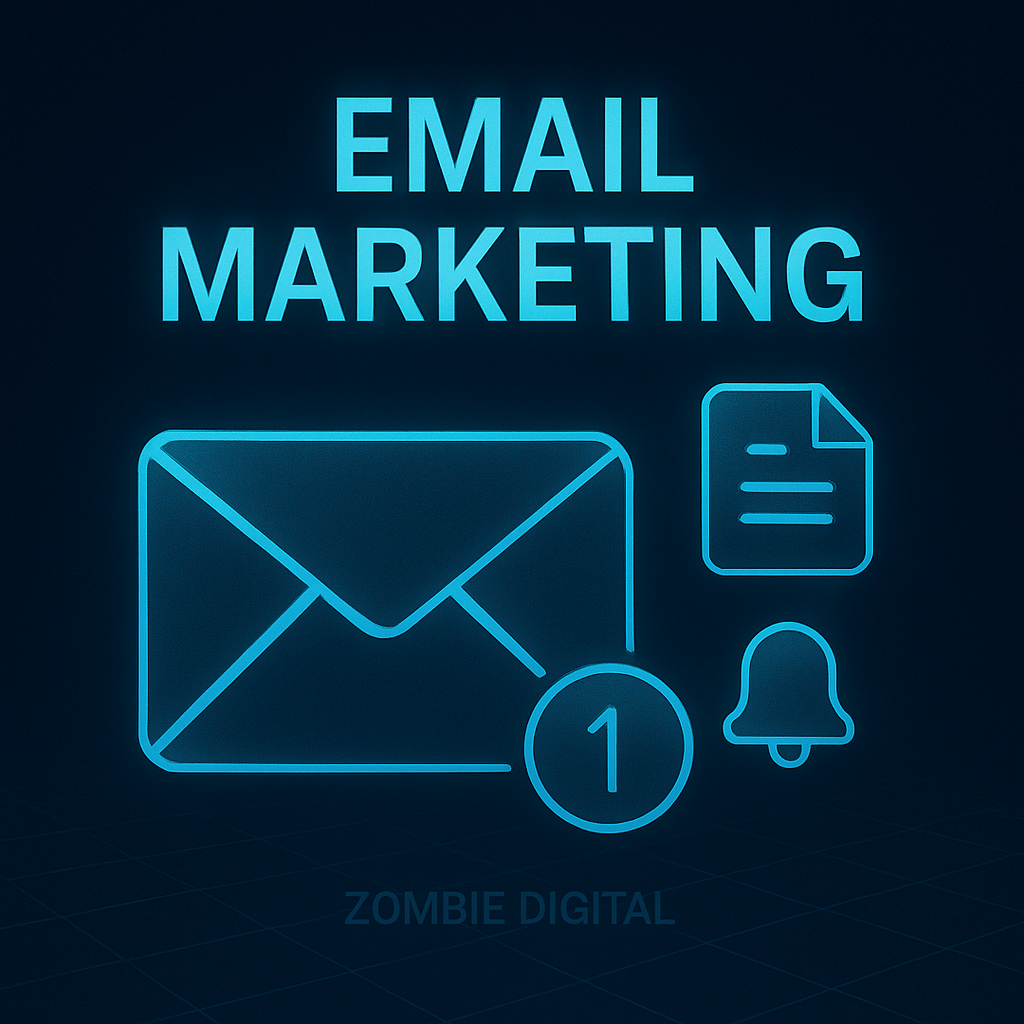
Email marketing involves sending targeted messages to your audience’s inbox. Newsletters, promotions, and personalized messages keep your brand top-of-mind.
Email campaigns can be highly effective with the right strategy.
Monthly costs typically range from $20 to $2,000 based on your number of subscribers and email frequency. Tools like Mailchimp or Constant Contact are popular options.
Segmenting your audience and personalizing messages are key to higher open and conversion rates. Email marketing remains one of the most direct ways to connect with your audience.

When choosing a marketing agency, it’s essential to look at their expertise and qualifications. Key factors like years of experience, agency size and location, and past performance can greatly influence the effectiveness of digital marketing strategies.
Experience matters in the marketing world. An agency with many years of experience typically understands the nuances of digital marketing strategies more deeply. They have likely faced diverse challenges and have developed problem-solving skills.
Experienced agencies often have established processes and refined techniques that can benefit your business.
An agency with more years in the industry often provides insights into market trends and customer behavior. They may also have stronger client relationships due to their long-standing presence.
When evaluating an agency, consider how long they’ve been in business and what they have achieved.
The size of an agency can affect the range of services they offer. Large agencies might provide a wide array of services, benefiting businesses that require comprehensive marketing support. Smaller agencies may focus on specific niches, offering specialized skills that cater to particular needs.
Location plays a role in understanding local markets and tailoring campaigns to regional audiences. An agency located in your region may offer advantages through familiarity with local consumer habits and direct communication.
Choosing between a large or small agency depends on your specific needs. Consider whether a broad service range or specialized focus better suits your goals. A local presence can be a decisive factor if regional marketing is crucial for your business.
A well-documented portfolio highlights an agency’s successful campaigns and strategies. Reviewing their past work gives you a sense of what to expect.
Effective agencies usually have a proven track record of delivering results for clients across various industries.
Look for case studies or testimonials that showcase the agency’s ability to achieve client goals. Analyze their past performance in similar projects or industries to assess their competency.
Strong portfolios often reflect creative problem-solving, strategic planning, and impactful digital marketing strategies.
Trust in an agency grows when you see evidence of their past achievements. By evaluating their history and results, you can better predict the potential success they might bring to your own business.

Creating a website that is both visually appealing and user-friendly is essential in today’s competitive market. A well-designed website can greatly improve how visitors interact with your site, which in turn impacts your business growth.
A professional web design reflects the credibility of your brand. It helps in keeping visitors engaged by providing a pleasant visual experience. Poor design can deter users and lead to a high bounce rate.
Highlighting important information and using a consistent layout enhances the overall appeal. Professional design also involves choosing colors, fonts, and images that align with your brand identity. These elements create a cohesive look and make your site memorable.
User experience directly influences your website’s conversion rates.
A seamless design ensures visitors can easily navigate your site, increasing the likelihood of conversions. For instance, clear call-to-action buttons guide users toward desired actions, like making a purchase or signing up for a newsletter.
A good user experience boosts website traffic by encouraging visitors to stay longer and return. Fast loading times, easy navigation, and mobile responsiveness make your site accessible to a wider audience. This not only retains existing users but also attracts new visitors, driving overall growth.

Different industries and niches have unique needs for marketing. Strategies for reaching customers must be tailored based on factors like target audience and the nature of the business.
Marketing success depends on how well you adapt your strategies to fit your audience.
Knowing the demographics, preferences, and behaviors of your target audience is crucial.
For example, if you’re targeting a younger audience, platforms like TikTok and Instagram may be more effective. Data analytics can help in understanding audience insights, ensuring that your strategy meets their needs.
Tailor messages, designs, and even your digital marketing strategy to make sure your audience feels a connection to your brand. It’s about reaching people where they are, with the message that speaks directly to them.
In B2B marketing, the focus is often on long-term relationships and demonstrating value. B2B companies should emphasize detailed information and return on investment.
Email campaigns and webinars can be effective in reaching business clients.
B2C marketing is more about immediate connections and emotional appeal. Whether through social media, targeted ads, or special promotions, B2C strategies often aim to make sales quickly and build brand loyalty.
Understanding these distinctions helps in crafting a marketing strategy that aligns with your business’s specific needs and goals. Adjust your approach to match whether your company serves businesses or individual consumers for optimal success.

In 2025, marketing strategies are shifting with the rise of new influencers and platforms. This evolution impacts how businesses connect with their audiences and utilize different marketing channels.
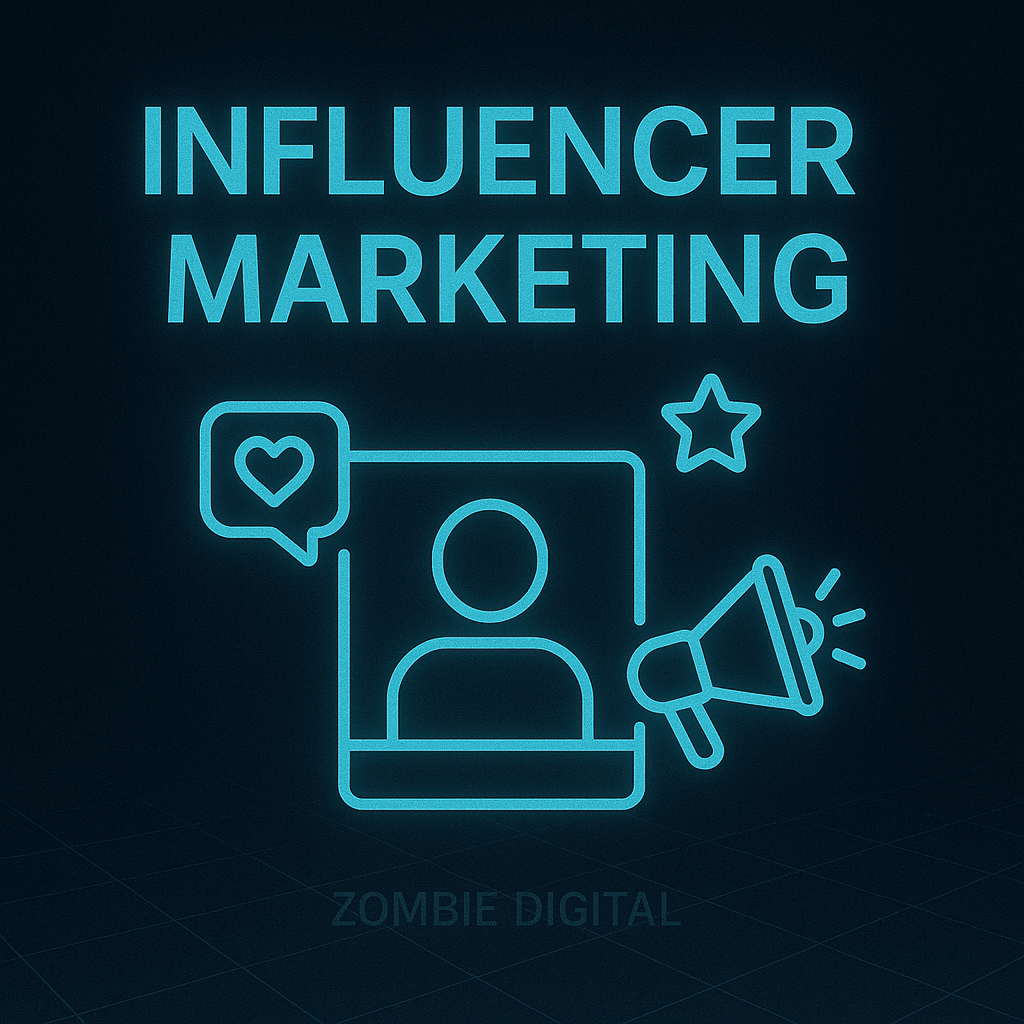
Influencers have become vital components of marketing. They help you reach niche audiences with authentic, relatable content.
Working with influencers can increase brand trust and engagement, especially on platforms like Instagram and TikTok.
Choosing the right influencers is key. Look for those whose values align with your brand.
Evaluate their follower engagement and past collaborations. It’s about meaningful partnerships rather than just numbers.
You should also consider micro-influencers. They often have more engaged followers, providing higher returns on smaller budgets.
Building lasting relationships with the right influencers can significantly boost your marketing success.
Staying ahead means embracing emerging platforms and technologies. New social media platforms can offer fresh opportunities to connect with different demographics.
Keep an eye on trends to determine where your potential customers are spending time.
Using AI and machine learning, you can gain insights into consumer behaviors and personalize marketing strategies. These technologies help you automate tasks, analyze data, and predict future trends.
Experiment with interactive technologies like augmented reality (AR) and virtual reality (VR). They enhance user experiences, making your campaigns more engaging.
Spotting and leveraging new technological trends helps you remain competitive and reach your audience more effectively.

When you’re exploring marketing agency quotes, it’s crucial to understand what you’re paying for and whether it provides good value for your business. Get insights on deliverables and cost versus value to make informed decisions.
When you look at agency quotes, you’re seeing lists of tasks or services. These might include SEO, social media management, or content creation.
Each task can impact your business differently, so it’s important to match the deliverables to your goals.
Agencies often bundle these services in digital marketing packages. You should check what each package includes. Are there extra services, or is everything you need covered?
A clear list of deliverables helps ensure you know what’s happening with your marketing plan.
A key part of decoding these quotes is knowing what’s included and if it aligns with your objectives. It helps to ask agencies specific questions about deliverables. This way, you can compare quotes from different agencies to see which one fits your needs best.
Marketing agency costs can vary widely, which means you need to weigh cost against value.
A pricier quote might offer more comprehensive services that improve your marketing efforts. Lower-cost options could work well if they align with your immediate needs.
It’s not just about the cheapest option. Consider what each agency brings to the table.
Think about experience, expertise, and past results in similar industries. If these are strong, paying a bit more could result in better growth.
To assess value, look at potential return on investment (ROI). Will the proposed strategies help increase revenue?
Understanding these elements helps ensure you choose a plan that gives worth to the money spent.
Table of Contents